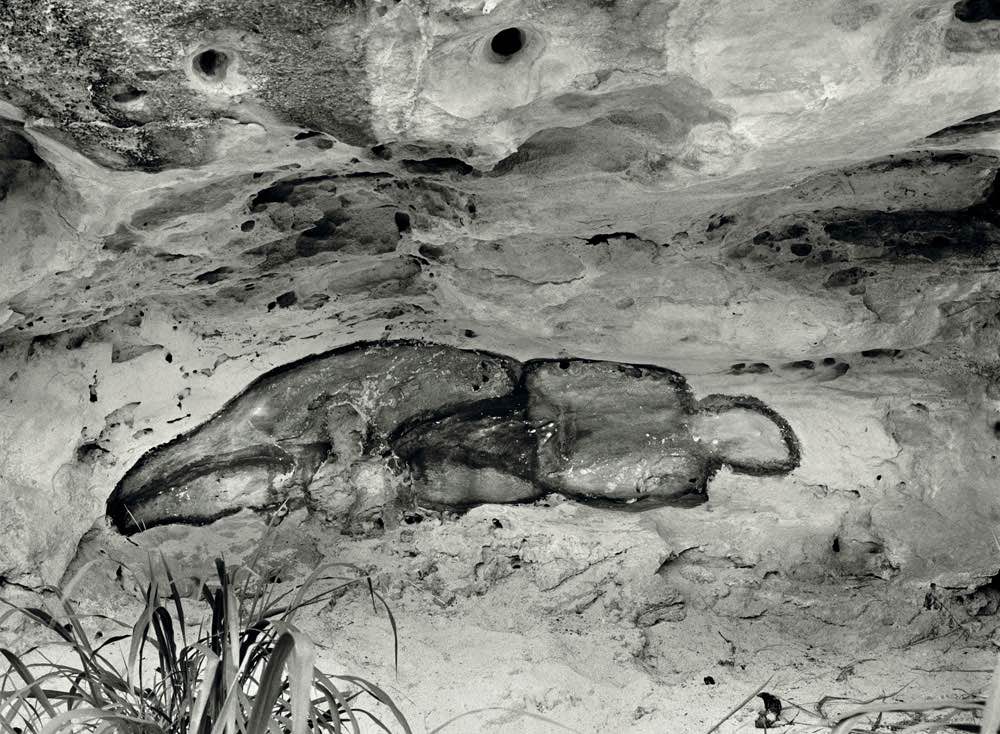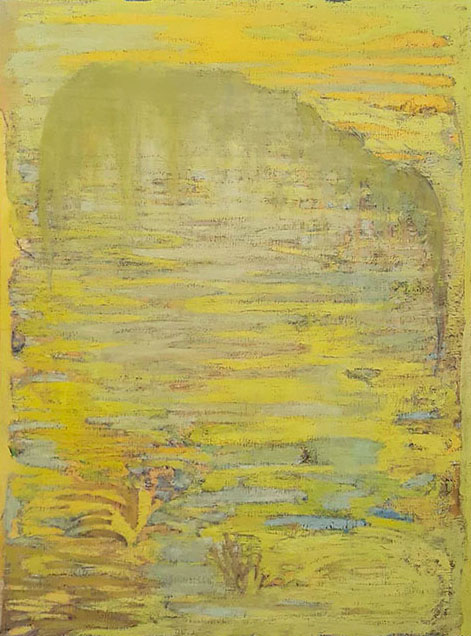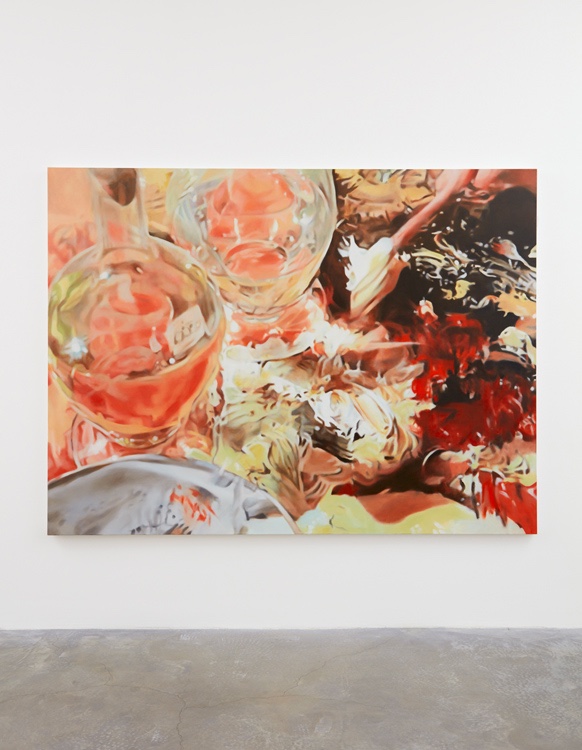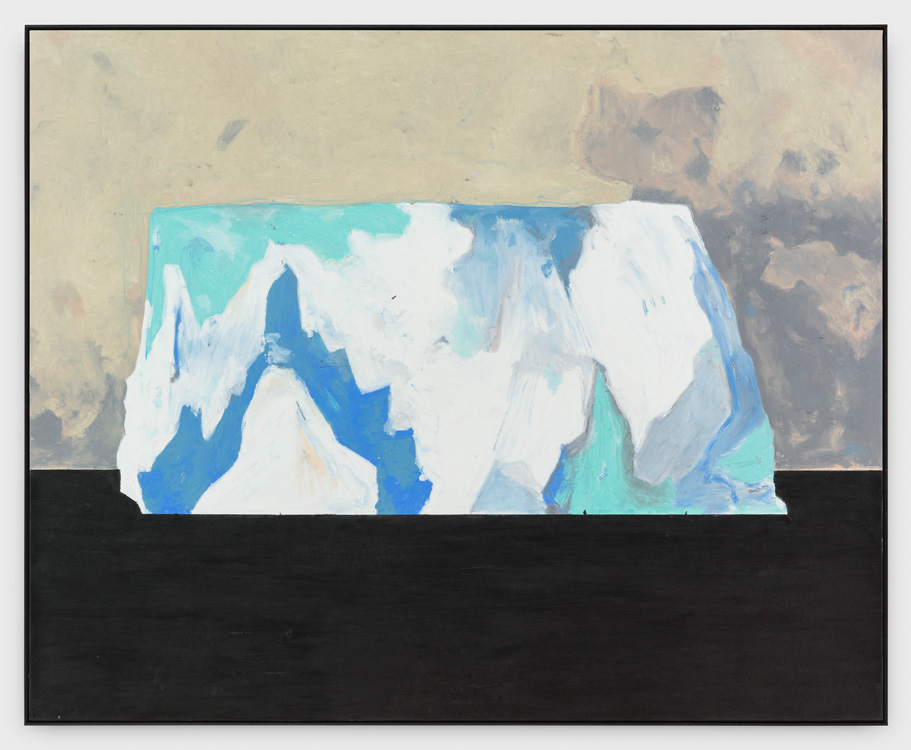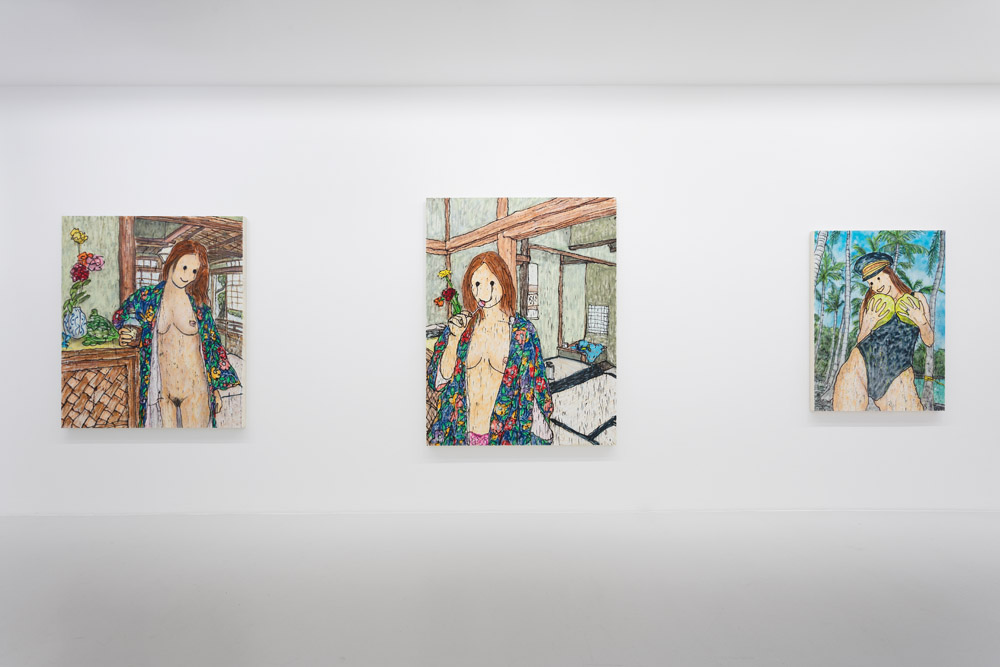ANA MENDIETA – CUBA & MIAMI, 1981-83
2018-09-17Often referring to being “torn” from her homeland, Mendieta persistently sought to connect with her origins and the Cuba she left as a child. Mendieta’s return to Cuba as an adult and fully formed artist deeply influenced her perspective and approach to artmaking. Almost 40 years later, a selection of these works will be on view in Paris for the first time.
The exhibition features works made in Miami, symbolically and physically the closest geographic point to Cuba. Finding affinity to Miami’s shores, she often visited and created a number of works in the landscape, notably, the Sandwoman (1983) series. A rare recreation of the original installation, which anticipated her subsequent sculptures made from earth and wood, as well as several Sandwoman photographs. Ochún (1981), a photograph of a work that Mendieta also documented on video, was titled after the patron saint of Cuba and Afro-Cuban deity who possesses the power to create unity. Two curved ridges of sand symbolize the United States and Cuba, unified by the same water, which then flows between them. Displacement and unity, two abiding themes for Mendieta, are clearly present throughout this body of work and the exhibition.
Opposite – La Venus Negra (The Black Venus), 1981 / 2018
Exhibition runs through to November 17th, 2018
Galerie Lelong & Co.
13, rue de Téhéran
75008 Paris
France
